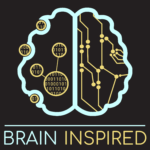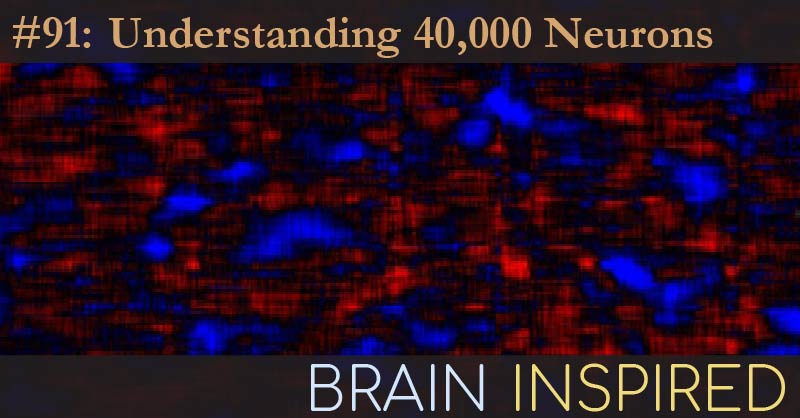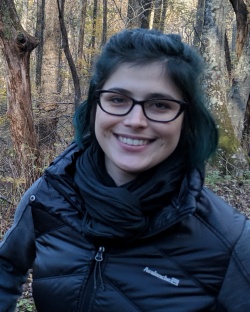


Carsen and I discuss how she uses 2-photon calcium imaging data from over 10,000 neurons to understand the information processing of such large neural population activity. We talk about the tools she makes and uses to analyze the data, and the type of high-dimensional neural activity structure they found, which seems to allow efficient and robust information processing. We also talk about how these findings may help build better deep learning networks, and Carsen’s thoughts on how to improve the diversity, inclusivity, and equality in neuroscience research labs. Guest question from Matt Smith.
- Stringer Lab.
- Twitter: @computingnature.
- The papers we discuss or mention:
Timestamps:
0:00 – Intro
5:51 – Recording > 10k neurons
8:51 – 2-photon calcium imaging
14:56 – Balancing scientific questions and tools
21:16 – Unsupervised learning tools and rastermap
26:14 – Manifolds
32:13 – Matt Smith question
37:06 – Dimensionality of neural activity
58:51 – Future plans
1:00:30- What can AI learn from this?
1:13:26 – Diversity, inclusivity, equality
